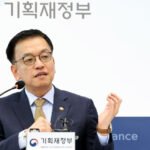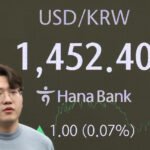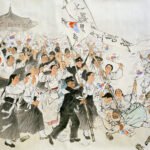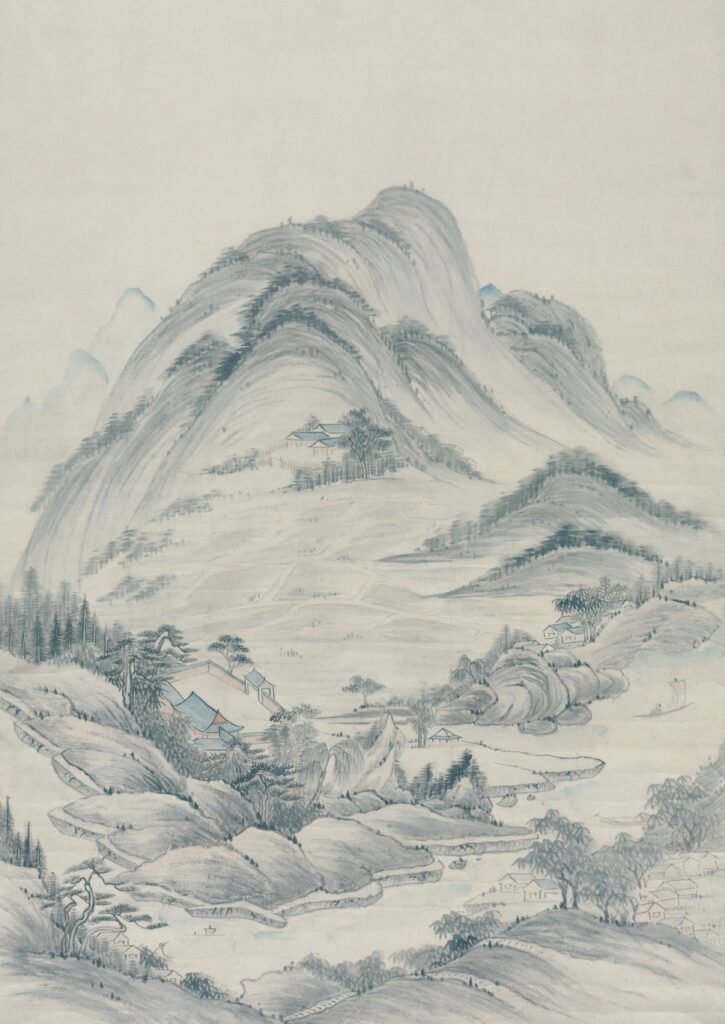POSCO’s headquarters in Seoul
POSCO Future M Co., a battery materials affiliate of South Korean steel giant POSCO Holdings Inc., will sell its entire stake in P&O Chemical Co. to its business partner OCI Co.
POSCO Future M and OCI will hold their respective board meetings on Monday to approve their stake sale and purchase deal, people familiar with the matter said on Sunday.
P&O Chemical, a 51-49 joint venture between POSCO Future M and OCI launched in 2020, produces high-purity hydrogen peroxide (H₂O₂) for semiconductor cleaning and coating material, called pitch, for secondary battery anodes. P&O is the only pitch maker in Korea.
Under the latest deal to be finalized in the coming weeks, OCI will acquire the 51% stake in P&O Chemical from POSCO Future M for about 50 billion won ($37.6 million) and take on P&O’s debt, sources said.
P&O Chemical’s pitch plant in Gongju, Korea
By wholly owning P&O, OCI is expected to further enhance its competitiveness in the semiconductor and battery materials business.
In turn, POSCO Future M, formerly POSCO Chemical, will be able to improve its financial status by as much as 150 billion won.
With 164.3 billion won in debt at the end of 2023, P&O Chemical posted a net loss of 67.1 billion won on sales of 41.8 billion won last year.
NON-CORE ASSET SALE
Sources said the POSCO Future M’s P&O stake sale was initiated by POSCO Group, which has vowed to sell non-core assets to improve its financial status and secure funds for future growth drivers.
OCI is Korea’s largest polysilicon maker
POSCO Holding said in July it aims to raise 2.6 trillion won through restructuring by 2026.
For this, the holding firm of Korea’s top steel maker POSCO said it plans to sell or liquidate as many as 120 non-core assets and unprofitable businesses.
The conglomerate aims to achieve 200 trillion won in market capitalization by 2030 from the current 70 trillion won, under the leadership of Group Chair and CEO Chang In-hwa, who started his three-year term in March.
The CEO said in April that POSCO will take drastic cost-cutting measures to counter difficulties caused by global steel oversupply and the intensifying US-China trade war while strengthening new businesses, including POSCO Future M.
POSCO Chairman and CEO Chang In-hwa speaks at a town hall meeting with employees on July 1, 2024
P&O LIKELY TO MAKE MONEY SOON
POSCO Future M is struggling with an economic slowdown, particularly in the battery and electric vehicle businesses.
The battery materials maker had 4.84 trillion won in debt at the end of June and posted a net loss of 11.2 billion won in the April-June period.
Last November, P&O Chemical built a pitch plant in Gongju, South Chungcheong Province – Korea’s first anode material coating plant.
P&O Chemical’s H₂O₂ production process (Courtesy of P&O)
The company said its pitch withstands high temperatures better than conventional pitch extracted from coal.
P&O’s other product, hydrogen peroxide, is a typical oxidizer used as a disinfectant or bleaching agent. High-purity peroxide is essential for cleaning high-tech products such as semiconductors and displays.
“The battery industry is suffering from an EV uptake slowdown. But given P&O Chemical’s unrivaled technological prowess, we expect the company to start generating profits in two to three years,” said an industry executive.
By Woo-Sub Kim
duter@hankyung.com
In-Soo Nam edited this article.











